Home>Articles>What You Need To Know About Fireplace Installation In Your Home
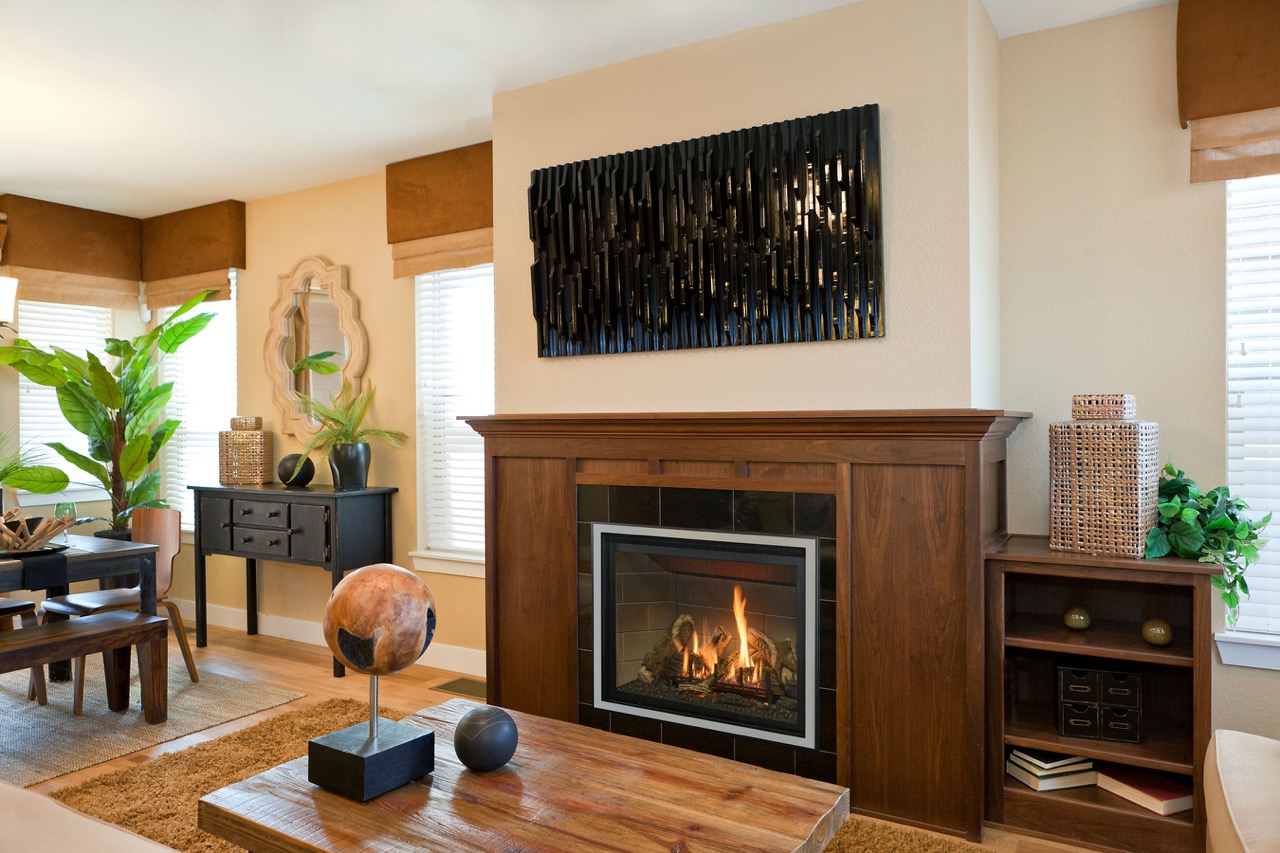

Articles
What You Need To Know About Fireplace Installation In Your Home
Modified: January 18, 2024
Discover everything you need to know about fireplace installation in your home. Read our informative articles for expert tips and guidance.
(Many of the links in this article redirect to a specific reviewed product. Your purchase of these products through affiliate links helps to generate commission for Storables.com, at no extra cost. Learn more)
Introduction
Welcome to the world of cozy warmth and ambiance – the world of fireplace installation. Having a fireplace in your home not only adds a touch of elegance but also serves as a source of heat and creates a cozy atmosphere during the colder months. Whether you’re considering adding a fireplace to a new construction or retrofitting an existing space, it’s important to understand the ins and outs of fireplace installation.
In this article, we will explore everything you need to know to make informed decisions about fireplace installation in your home. From understanding the different types of fireplaces to choosing the right location, determining the appropriate size, and ensuring proper ventilation and safety considerations, we’ve got you covered.
So, sit back, grab a cup of cocoa, and let’s dive into the world of fireplace installation!
Key Takeaways:
- Choosing the right type, size, and location for your fireplace is crucial for creating a cozy and safe ambiance in your home. Professional installation and regular maintenance ensure long-term enjoyment and peace of mind.
- Understanding the cost, safety considerations, and benefits of hiring a professional installer empowers you to make informed decisions and embrace the warmth and beauty of a well-installed fireplace.
Read more: Everything You Need To Know About Ladders
Understanding Fireplace Installation
Before embarking on a fireplace installation project, it’s essential to have a clear understanding of the process. Fireplace installation involves the creation of a designated space within your home to house the fireplace, along with all the necessary components to ensure its safe and efficient operation.
There are several factors to consider when it comes to fireplace installation, including the type of fireplace, the location within your home, the size of the fireplace, and the proper ventilation and chimney requirements. Let’s take a closer look at each of these elements.
Types of Fireplaces: There are various types of fireplaces to choose from, including traditional wood-burning fireplaces, gas fireplaces, electric fireplaces, and ethanol fireplaces. Each type has its own advantages and considerations, so it’s important to weigh the pros and cons before making a decision.
Choosing the Right Location: The location of your fireplace within your home is crucial. It should be placed in an area where it can be enjoyed and where the heat can effectively reach the desired space. Consider factors such as existing structural supports, nearby combustible materials, and the overall layout and aesthetics of your home.
Determining the Appropriate Size: The size of your fireplace will depend on various factors, including the square footage of the room, the desired heat output, and the size of the existing chimney or venting system. It’s important to consult with a professional to ensure you select the right size for your specific needs.
Preparing the Installation Site: Proper preparation of the installation site is crucial for a successful fireplace installation. This may involve removing walls, creating a foundation hearth, or building a chimney or venting system. It’s important to follow local building codes and regulations during this process.
Ventilation and Chimney Requirements: Proper ventilation is key to the safe operation of a fireplace. Depending on the type of fireplace you choose, you may need to install a chimney, vent pipe, or direct vent system to ensure the proper release of smoke and combustion byproducts. Consulting with a professional installer will help determine the best ventilation solution for your fireplace.
Safety Considerations: Safety should always be a top priority when it comes to fireplace installation. It’s important to follow all safety guidelines and regulations to prevent fire hazards and ensure the well-being of your home and occupants. This may include adding fire-rated materials, installing carbon monoxide detectors, and regularly maintaining and cleaning the fireplace.
By understanding the various elements of fireplace installation, you can make informed decisions and ensure a successful and enjoyable fireplace experience in your home. Now that we’ve covered the fundamentals, let’s move on to the next step – choosing the right type of fireplace for your needs.
Types of Fireplaces
When it comes to deciding on the perfect fireplace for your home, there are several options to choose from. Each type of fireplace offers its own unique benefits and considerations. Let’s explore the different types and help you determine which one best suits your needs.
1. Traditional Wood-Burning Fireplaces: This classic choice offers the authentic crackling sound, aromatic scent, and mesmerizing dance of flames. Wood-burning fireplaces provide a cozy and rustic ambiance, but they require a steady supply of firewood and regular maintenance. It’s essential to have proper ventilation and a functioning chimney to ensure the safe operation of a wood-burning fireplace.
2. Gas Fireplaces: Gas fireplaces provide the convenience of instant fire with the flip of a switch or the push of a button. They offer controlled heat output and flame height, making them an efficient and clean-burning option. Gas fireplaces can be vented or ventless, depending on your preference and available options in your home. Ventless gas fireplaces are easy to install but require adequate ventilation to ensure fresh air circulation.
3. Electric Fireplaces: Electric fireplaces have gained popularity due to their ease of use and versatility. They offer adjustable heat settings and flame effects that can be controlled with a remote or built-in controls. Electric fireplaces are ideal for spaces where traditional fireplaces are not feasible, such as apartments or homes without chimneys. They require a power source but do not produce real flames or require ventilation.
4. Ethanol Fireplaces: Ethanol fireplaces are a modern and eco-friendly option that utilizes bioethanol fuel. They offer the convenience of easy installation and portability, as they do not require a chimney or ventilation. Ethanol fireplaces produce real flames and provide a warm ambiance, but they do require regular refilling of the fuel source.
When considering the type of fireplace for your home, it’s important to evaluate factors such as installation requirements, heat efficiency, maintenance needs, and aesthetic appeal. Additionally, consult with a professional to ensure that your chosen fireplace type aligns with local regulations and safety standards.
Now that you have a better understanding of the different types of fireplaces available, it’s time to move on to the next crucial step in the fireplace installation process – choosing the right location for your fireplace.
Choosing the Right Location for Installation
When it comes to fireplace installation, choosing the right location is key to maximizing its functionality and enjoyment in your home. The location you select will determine the impact the fireplace has on the overall design and flow of your space, as well as its heating efficiency. Here are some factors to consider when selecting the ideal location for your fireplace:
Aesthetics: The fireplace should be placed in an area where it can be admired and appreciated. Consider the focal point of the room and how the fireplace will enhance the overall aesthetics. It could be positioned as a centerpiece in the living room or as a focal point in the bedroom or study.
Existing Structural Support: Ensure that the chosen location has enough structural support to accommodate the weight and size of the fireplace. Consult with a professional to assess the viability of the location and make any necessary modifications to ensure safety and stability.
Proximity to Combustible Materials: Keep in mind the proximity of the fireplace to combustible materials such as furniture, curtains, or wooden walls. It’s important to have sufficient clearance to ensure that there is no risk of fire hazards. Maintain a safe distance according to local fire codes and regulations.
Accessibility: Consider the ease of access to the fireplace for maintenance and upkeep. It is essential to have enough space around the fireplace to clean and service it properly. Additionally, ensure that the location allows for easy access to clean out the ash or clean the chimney if applicable.
Heat Distribution: Take into account how the heat from the fireplace will be distributed throughout the space. Consider factors such as airflow, room layout, and the desired heating efficiency. Placing the fireplace strategically in a central location can help distribute heat more evenly and effectively.
Functionality: Consider how the placement of the fireplace will align with the functional needs of the room. For example, if you want the fireplace to provide warmth while watching TV or reading a book, ensure that the location allows for comfortable seating arrangement and proper viewing angles.
When choosing the right location for your fireplace, remember to consult with a professional installer. They will have the expertise to assess your space and provide recommendations based on structural considerations, ventilation requirements, and safety regulations.
Now that you have an understanding of the factors to consider when choosing the location, let’s move on to the next step – determining the appropriate size for your fireplace.
Determining the Appropriate Size
Choosing the right size for your fireplace is crucial for both its aesthetic appeal and its heating efficiency. A fireplace that is too small may look underwhelming, while one that is too large may overpower the room and waste energy. Here are some factors to consider when determining the appropriate size for your fireplace:
Room Size: Consider the square footage of the room where the fireplace will be installed. Larger rooms will generally require a larger fireplace to provide sufficient heat and make a visual impact. However, you should also consider the overall scale of the room and how the fireplace will fit in proportionally.
Heat Output: Determine the desired heat output of the fireplace. If you are primarily installing the fireplace for its heating capabilities, you’ll need to choose a size that can produce enough heat to warm the room effectively. Heating capacity is typically measured in British Thermal Units (BTUs), and a professional can help you determine the appropriate size based on your specific needs.
Existing Chimney or Venting System: If you are retrofitting a fireplace into an existing chimney or venting system, the size of your fireplace may be limited by the dimensions of the flue. It’s essential to ensure that the flue can accommodate the size and type of fireplace you have chosen.
Aesthetic Considerations: Consider the visual impact you want the fireplace to make in the room. A fireplace that is too small may look insignificant, while one that is too large may dominate the space. Take into account the overall style and design of the room when selecting the size of the fireplace.
Mantel and Surroundings: If you plan to incorporate a mantel or surround around the fireplace, factor in these dimensions when determining the appropriate size. The mantel and surround should be proportionate to the size of the fireplace for a cohesive and visually appealing look.
Professional Consultation: Consulting with a professional installer is highly recommended when determining the appropriate size for your fireplace. They will assess various factors, including room size, heat requirements, existing infrastructure, and aesthetic considerations, to help you select the right size for your specific needs.
By taking these factors into account and seeking professional advice, you can ensure that your fireplace is the perfect size for your space, both in terms of functionality and visual appeal.
Now that you have determined the appropriate size, let’s move on to the next step – preparing the installation site for your fireplace.
Preparing the Installation Site
Proper preparation of the installation site is essential for a successful fireplace installation. This step involves creating a designated space within your home to house the fireplace and ensuring that it meets all the necessary requirements. Here’s a breakdown of the key considerations when preparing the installation site:
Removing Walls: If you’re adding a fireplace to an existing space, you may need to remove walls or make structural modifications to create an open area for the fireplace. It’s important to consult with a professional to ensure that any walls being removed are not load-bearing and that the necessary permits are obtained.
Foundation Hearth: In some cases, a foundation hearth may need to be built to provide a solid base for the fireplace. This could involve constructing a non-combustible platform or extending the existing flooring to accommodate the fireplace. The specific requirements will depend on the type and size of the fireplace being installed.
Chimney or Venting System: If your fireplace requires a chimney or venting system, this needs to be properly planned and installed during the preparation stage. This may involve building a new chimney or integrating the fireplace with an existing chimney. Proper ventilation is critical to ensure the safe operation of the fireplace and must comply with local building codes and regulations.
Electric and Gas Connections: If you’re installing a gas or electric fireplace, you’ll need to ensure that the necessary connections can be made in the chosen location. This may involve running gas lines or electrical wiring to the fireplace. Hiring a licensed professional is important to ensure proper installation and compliance with safety standards.
Fireproofing and Insulation: To ensure the safety of your home, it’s essential to implement fireproofing measures during the installation process. This may involve using fire-rated materials, such as drywall or insulation, to protect combustible surfaces. In addition, insulation can help optimize the heating efficiency of the fireplace and prevent heat loss.
Permits and Compliance: Depending on where you live, you may need to obtain permits and comply with local building codes and regulations. It’s important to check with your local authorities to ensure that all necessary permits are obtained and that the installation adheres to safety standards.
Preparing the installation site is a critical step in the fireplace installation process. Working with a professional installer ensures that all requirements are met, and the installation is done safely and efficiently.
Now that you have prepared the installation site, the next step is to address ventilation and chimney requirements to ensure proper functionality and safety. Let’s explore this in the next section.
When installing a fireplace in your home, make sure to consider the type of fuel you want to use (wood, gas, electric) and the location of the fireplace to ensure proper ventilation and safety.
Ventilation and Chimney Requirements
Proper ventilation and chimney requirements are essential aspects of fireplace installation to ensure the safe and efficient operation of your fireplace. Depending on the type of fireplace you choose, you may need to consider different ventilation options. Here’s what you need to know:
Wood-Burning Fireplaces: Wood-burning fireplaces require a properly constructed chimney to vent out the smoke and combustion byproducts. The chimney provides a pathway for the release of smoke and prevents the build-up of harmful gases within your home. It’s important to ensure that the chimney complies with local building codes and regulations to ensure safety and proper ventilation.
Gas Fireplaces: Gas fireplaces can be vented or ventless, so the ventilation requirements will depend on the type of gas fireplace you choose. Vented gas fireplaces utilize a chimney or direct vent system to exhaust the combustion byproducts outside. These types of fireplaces offer greater safety and require proper functioning of the venting system. Ventless gas fireplaces, on the other hand, do not require a chimney or external venting. However, they must be equipped with oxygen depletion sensors and properly sized for the space to ensure proper ventilation and air quality.
Electric Fireplaces: Electric fireplaces do not require any external ventilation since they do not produce real flames or combustion byproducts. They are designed to be a convenient and hassle-free solution, offering visual flame effects and adjustable heat settings. Electric fireplaces are ideal for spaces where traditional ventilation options are limited.
Ethanol Fireplaces: Ethanol fireplaces, which use bioethanol fuel, do not require a chimney or external venting. They are designed to burn cleanly, producing minimal odors and emissions. It’s important to ensure proper fuel storage and handling, as ethanol is highly flammable. Adequate room ventilation is still recommended to ensure fresh air circulation and prevent any potential buildup of carbon monoxide.
When it comes to ventilation and chimney requirements, it’s crucial to consult with a professional installer. They will assess your chosen fireplace type and provide guidance on the appropriate ventilation solution for your specific needs. They will also ensure that the installation meets all local building codes and safety regulations, providing you with peace of mind.
Now that we’ve covered ventilation and chimney requirements, let’s shift our focus to the importance of safety considerations in fireplace installation.
Safety Considerations
When it comes to fireplace installation, safety should always be a top priority. Fireplaces can pose potential hazards if not installed and maintained properly. Here are some important safety considerations to keep in mind:
Fire-rated Materials: Ensure that the materials used in the construction of the fireplace and surrounding area are fire-rated. This includes choosing non-combustible materials for the hearth, mantle, and any adjacent walls. Fire-rated materials help to prevent the spread of fire and provide an added layer of protection.
Carbon Monoxide Detectors: Install carbon monoxide detectors near the fireplace and in sleeping areas, as wood-burning and gas fireplaces produce this odorless and colorless gas. Carbon monoxide is hazardous and can be fatal in high concentrations. Detectors will alert you if levels become dangerous, providing ample time to evacuate and seek safety.
Regular Maintenance: Schedule regular maintenance and inspections for your fireplace. This includes cleaning the chimney, removing any creosote buildup in wood-burning fireplaces, and checking for any potential signs of damage or malfunction. Regular maintenance helps ensure the safe and efficient operation of the fireplace.
Proper Ventilation: Adequate ventilation is crucial to prevent the buildup of harmful gases, such as carbon monoxide, and to allow for the proper release of smoke and combustion byproducts. Ensure that the ventilation system, whether it’s a chimney, vent pipe, or direct vent, is properly installed and maintained to ensure the safety and air quality in your home.
Clearance from Combustible Materials: Maintain proper clearance between the fireplace and any combustible materials such as furniture, curtains, or wooden surfaces. The specific clearance requirements will vary depending on the type of fireplace and local building codes. Keeping a safe distance helps minimize the risk of accidental fires and ensures the safety of your home and belongings.
Childproofing and Safety Measures: If you have young children or pets, take appropriate measures to childproof the fireplace area. This may include using safety gates or barriers to prevent access, installing heat-resistant glass or screens, and keeping flammable objects out of reach. Always supervise children and pets around the fireplace to prevent accidents or injuries.
Fire Extinguishers and Emergency Preparedness: Keep a fire extinguisher nearby and ensure that everyone in your household knows how to use it. Develop an emergency evacuation plan and practice it regularly. It’s important to be prepared and have the necessary tools and knowledge to respond in case of a fire or emergency situation.
By adhering to these safety considerations, you can enjoy the warmth and beauty of your fireplace while ensuring the well-being of your home and occupants.
Now that we’ve covered the importance of safety, let’s discuss the benefits of hiring a professional installer for your fireplace installation.
Hiring a Professional Installer
When it comes to fireplace installation, hiring a professional installer is highly recommended. While DIY projects can be tempting, proper installation requires expertise in electrical or gas connections, structural modifications, ventilation systems, and compliance with local building codes. Here are some reasons why hiring a professional installer is beneficial:
Knowledge and Experience: Professional installers have the knowledge and experience necessary to handle fireplace installations of various types and sizes. They are familiar with the intricacies of different fireplace systems and can navigate potential challenges during the installation process, ensuring a safe and efficient outcome.
Permits and Regulations: Fireplace installations often require permits and compliance with local building codes and regulations. Professional installers are well-versed in these requirements and can help secure the necessary permits and make sure the installation adheres to all safety guidelines. This saves you time and ensures that your fireplace installation is in accordance with the law.
Proper Ventilation and Safety: Professional installers have a deep understanding of ventilation requirements and safety considerations related to fireplace installation. They will ensure that the ventilation system is properly installed, preventing the buildup of harmful gases and ensuring a safe environment. Their expertise minimizes the risk of carbon monoxide leaks, fire hazards, and inadequate heat distribution.
Insurance and Liability: Hiring a professional installer provides an extra layer of protection through their insurance coverage. In case of any damages or accidents related to the installation process, you can have peace of mind knowing that the installer’s insurance will cover the costs. Attempting a DIY installation can leave you liable for any unforeseen accidents or damages.
Long-Term Cost Savings: While hiring a professional installer may involve an upfront cost, it can save you money in the long run. Professional installation ensures that your fireplace operates efficiently, reducing energy waste and potential repairs. Additionally, proper installation prevents costly damages to your home’s structure and ensures the longevity of your fireplace.
Warranty Coverage: Many fireplace manufacturers require professional installation for warranty coverage. Hiring a professional ensures that you meet these requirements, allowing you to take advantage of the warranty should any issues arise. This protects your investment and provides added peace of mind.
By hiring a professional installer, you can rest assured that your fireplace will be installed correctly, meeting all safety standards and building codes. This ensures optimal performance, longevity, and peace of mind as you enjoy the warmth and beauty of your new fireplace.
Now that you understand the benefits of hiring a professional, let’s move on to discussing the cost of fireplace installation.
Cost of Fireplace Installation
The cost of fireplace installation can vary depending on several factors, including the type of fireplace, the complexity of the installation, and the materials involved. Here are some key factors to consider when determining the cost of fireplace installation:
Type of Fireplace: The type of fireplace you choose will have a significant impact on the overall cost. Wood-burning fireplaces typically require more extensive installation work, including building a chimney, which can increase the cost. Gas fireplaces may require gas line installations, and electric fireplaces often involve simpler installation processes, resulting in lower costs.
Structural Modifications: If the installation requires structural modifications, such as removing walls or building a foundation hearth, the cost will be higher. These modifications generally require additional labor and materials, impacting the overall installation cost.
Chimney or Venting System: If your fireplace requires a chimney or venting system, the cost will include the construction or modification of the chimney, as well as the installation of the necessary vent pipes or direct vent system. The complexity of the venting system can impact the cost, especially if it requires routing through multiple floors or existing structures.
Masonry and Finishing: The cost of fireplace installation may also include masonry work, such as installing a hearth, mantel, or surround. The materials chosen, such as natural stone or tile, can affect the overall cost. Finishing touches, such as painting or staining, may also add to the total cost of installation.
Professional Labor and Expertise: Hiring a professional installer adds to the cost, but ensures a properly installed and safe fireplace. Professional labor costs can vary depending on the region and the complexity of the installation. It’s important to obtain multiple quotes from reputable installers to compare prices and services offered.
Additional Features: Optional features, such as remote controls, blowers, or custom designs, can also affect the overall cost of fireplace installation. These features add convenience or aesthetic value but come with additional expenses.
As the cost of fireplace installation can vary widely, it’s best to consult with a professional installer for an accurate estimate. They will be able to assess your specific requirements and provide you with a detailed breakdown of the costs involved.
Remember, investing in a professionally installed fireplace is a long-term investment in your home’s comfort, aesthetics, and value. It’s worth considering the benefits and enjoyment that a well-installed fireplace brings to your living space.
Now that we’ve covered the cost considerations, let’s move on to discussing the maintenance and upkeep required for your fireplace.
Maintenance and Upkeep
Maintaining and keeping your fireplace in good condition is essential for its longevity, safety, and optimal performance. Regular maintenance and upkeep ensure that your fireplace continues to provide warmth, ambiance, and efficiency. Here are some important aspects of fireplace maintenance:
Cleaning: Regularly cleaning your fireplace is crucial to remove ashes, soot, and debris. For wood-burning fireplaces, it’s recommended to clean the fireplace and chimney at least once a year to prevent creosote buildup, which can lead to chimney fires. Gas fireplaces may require periodic cleaning to ensure efficient operation and to remove any dust or blockages.
Chimney Inspection: Schedule an annual chimney inspection by a certified professional. This inspection helps identify potential issues such as cracks, blockages, or damage to the chimney lining. It also ensures proper ventilation and reduces the risk of carbon monoxide leaks or chimney fires.
Gas or Electrical Connections: If you have a gas or electric fireplace, periodically inspect the connections and ensure they are secure. Gas connections should be checked for leaks, and electrical components should be inspected for any signs of wear or damage. It’s best to hire a professional for these inspections to ensure the safety and proper functioning of the fireplace.
Replace or Clean Filters: If your fireplace has a blower or air circulation system, regularly clean or replace the filters as recommended by the manufacturer. This helps maintain proper airflow and prevents the accumulation of dust and debris that can impact the efficiency of your fireplace.
Maintain Ventilation: Ensure that the ventilation system, whether it’s a chimney, vent pipe, or direct vent, is clear of any obstructions and functioning properly. Regularly check for any signs of blockages or damage, and address them promptly to maintain the safety and efficiency of your fireplace.
Testing Alarms and Detectors: Check the operation of smoke detectors and carbon monoxide detectors regularly. Replace batteries as needed and ensure that they are functioning properly. These detectors provide an early warning in case of fire or the presence of carbon monoxide, keeping you and your family safe.
Professional Service: It’s recommended to have your fireplace serviced and inspected by a professional at least once a year. They can perform a thorough inspection, clean out any hard-to-reach areas, and address any potential issues before they become major problems. A professional can also provide advice on proper operation and maintenance techniques.
By following these maintenance and upkeep practices, you can enjoy the benefits of a well-maintained fireplace for years to come. Regular maintenance not only ensures the safety and efficiency of your fireplace but also extends its lifespan and improves its performance.
Now that we’ve covered the importance of maintenance and upkeep, let’s wrap up our discussion.
Conclusion
Fireplace installation is an exciting endeavor that can bring warmth, ambiance, and beauty to your home. Understanding the various aspects of fireplace installation, from choosing the right type and size to determining the optimal location, ventilation requirements, and safety considerations, is crucial for a successful and enjoyable fireplace experience.
By selecting the type of fireplace that suits your needs, you can create the perfect atmosphere, whether it’s the crackling sounds and comforting scent of a traditional wood-burning fireplace or the convenience and instant warmth of a gas or electric fireplace. Carefully considering the location within your home ensures that the fireplace becomes a focal point and enhances the overall aesthetic appeal.
Proper ventilation and chimney requirements are integral to the safe operation of your fireplace. Consulting with a professional installer helps determine the best ventilation solution and ensures compliance with local building codes and safety regulations.
Never underestimate the importance of safety considerations. Following fireproofing measures, installing carbon monoxide detectors, and adhering to maintenance and cleaning practices are essential for the well-being of your home and occupants.
Hiring a professional installer provides expertise, ensures proper installation, and offers warranty coverage, providing peace of mind and long-term cost savings. They have the knowledge and experience to handle the various intricacies of fireplace installation, making the process smooth and efficient.
Understanding the cost of fireplace installation upfront and budgeting accordingly helps you make informed decisions. Regular maintenance and upkeep, including cleaning, chimney inspections, and airflow maintenance, keep your fireplace in optimal condition and ensure its longevity.
In conclusion, fireplace installation adds a touch of elegance, warmth, and charm to your home. With careful considerations, professional expertise, and regular maintenance, your fireplace will be a beloved centerpiece that brings comfort and joy to your living space for years to come.
Embrace the cozy ambiance, gather around the fire, and create lasting memories with loved ones as you enjoy the benefits of a well-installed and well-maintained fireplace.
Frequently Asked Questions about What You Need To Know About Fireplace Installation In Your Home
Was this page helpful?
At Storables.com, we guarantee accurate and reliable information. Our content, validated by Expert Board Contributors, is crafted following stringent Editorial Policies. We're committed to providing you with well-researched, expert-backed insights for all your informational needs.


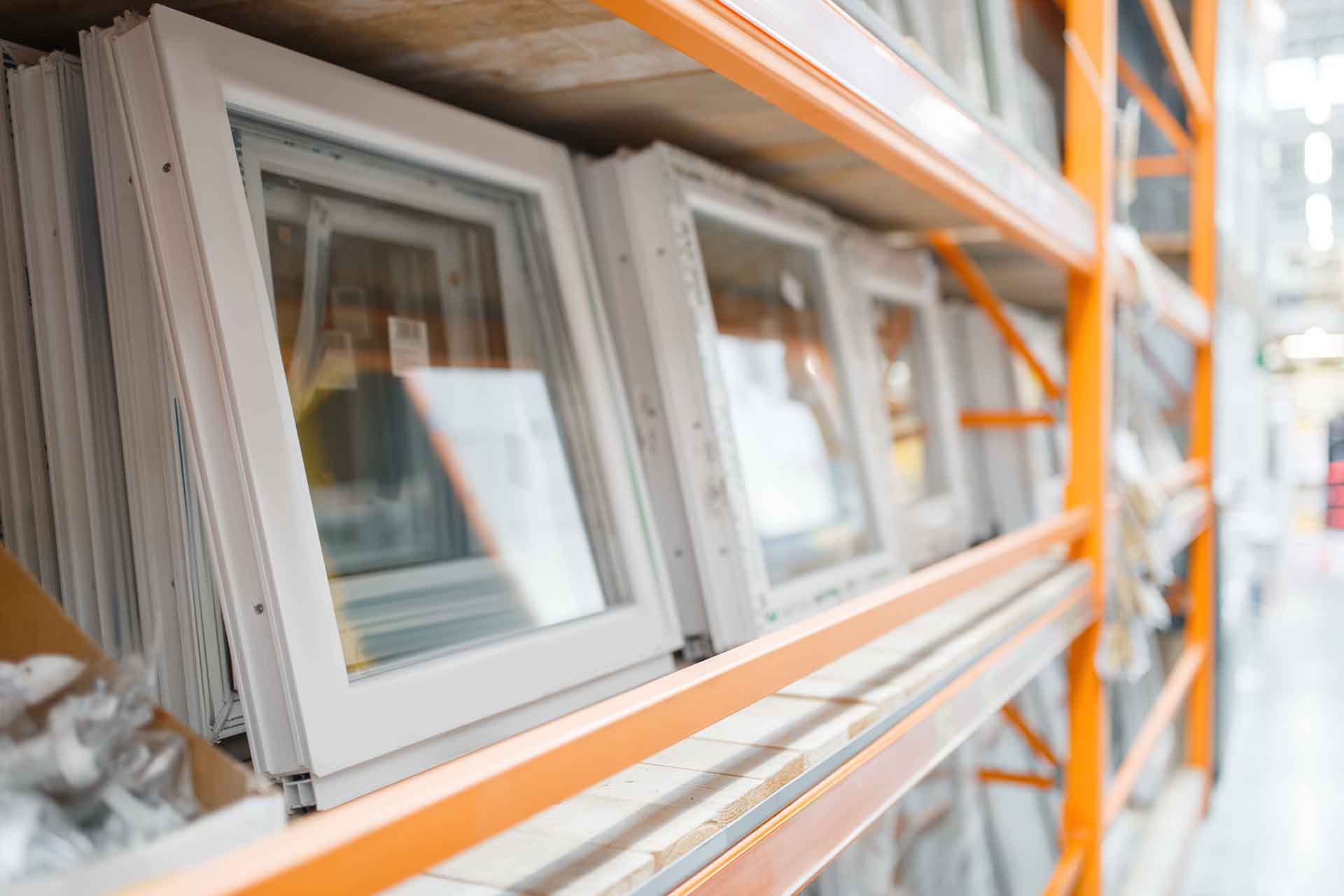
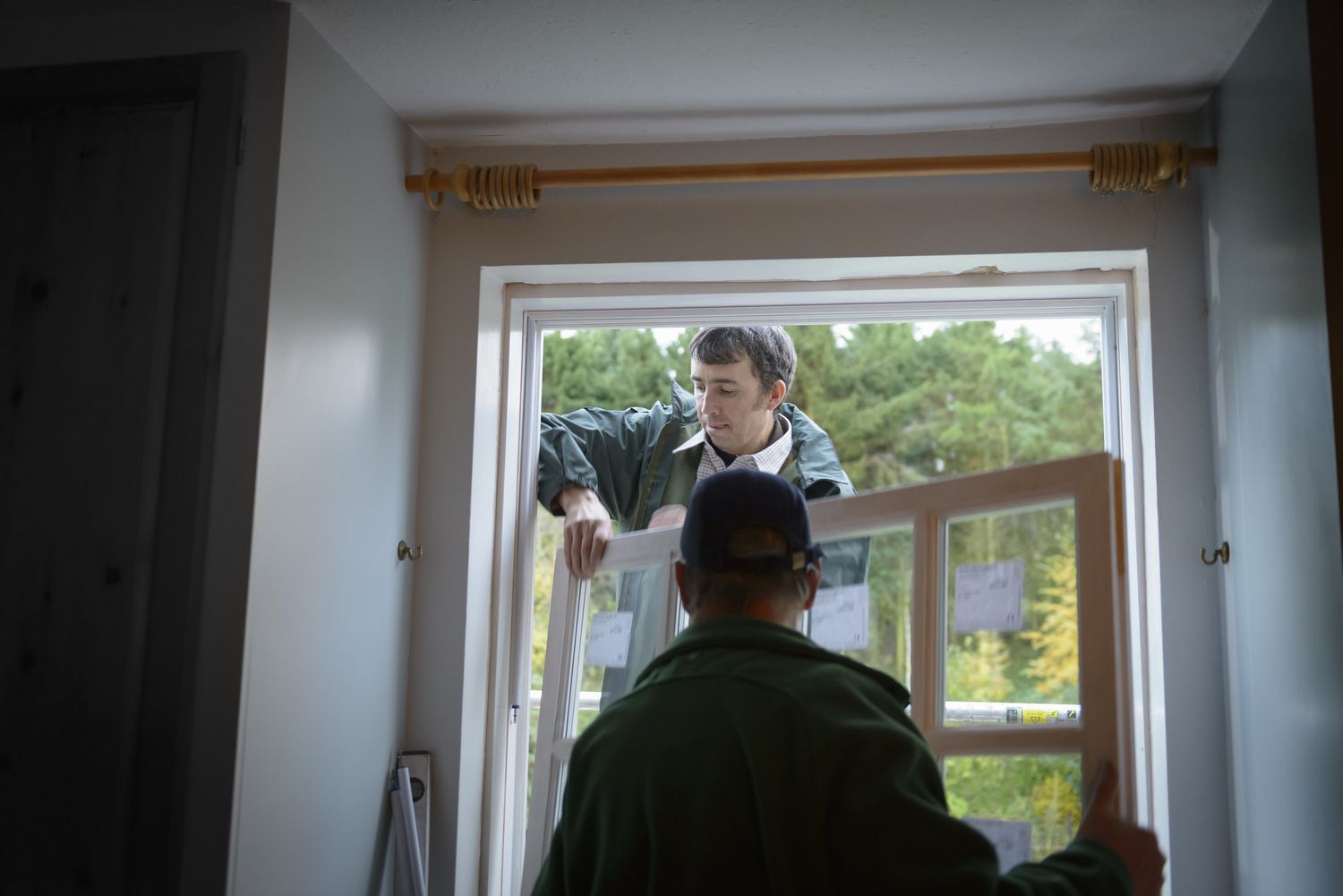
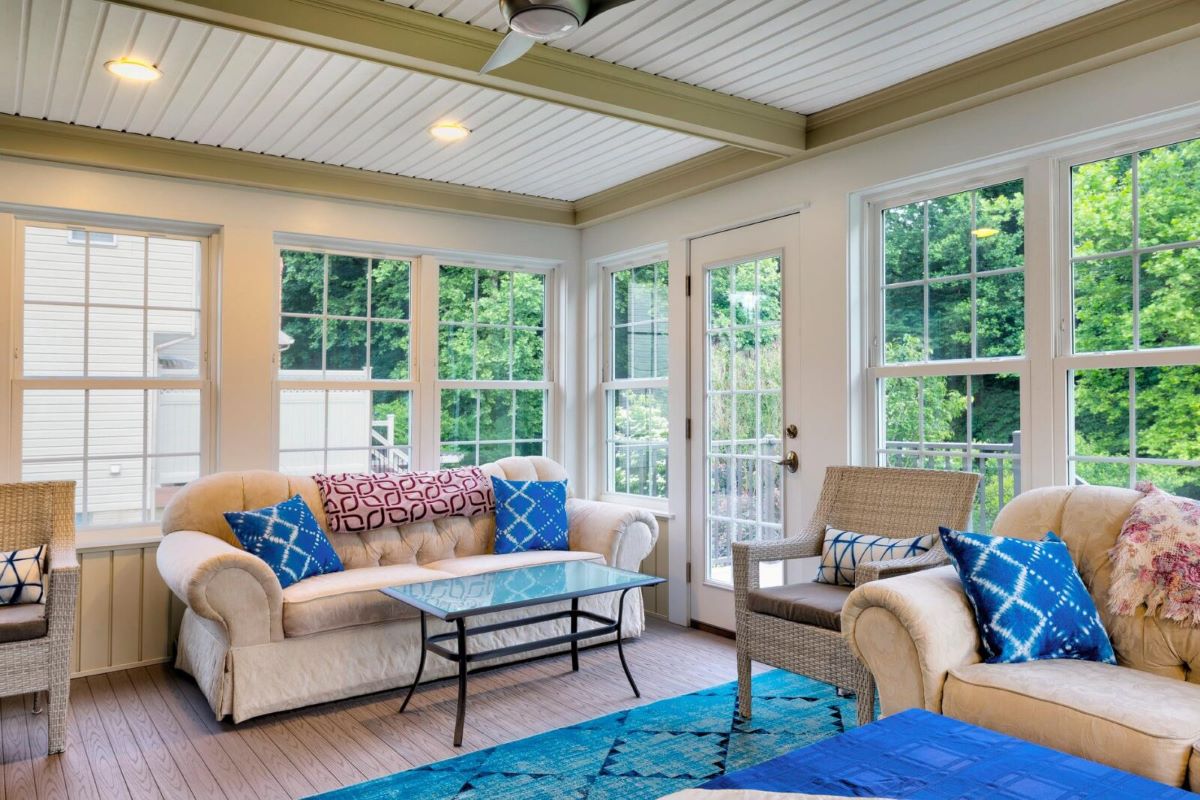


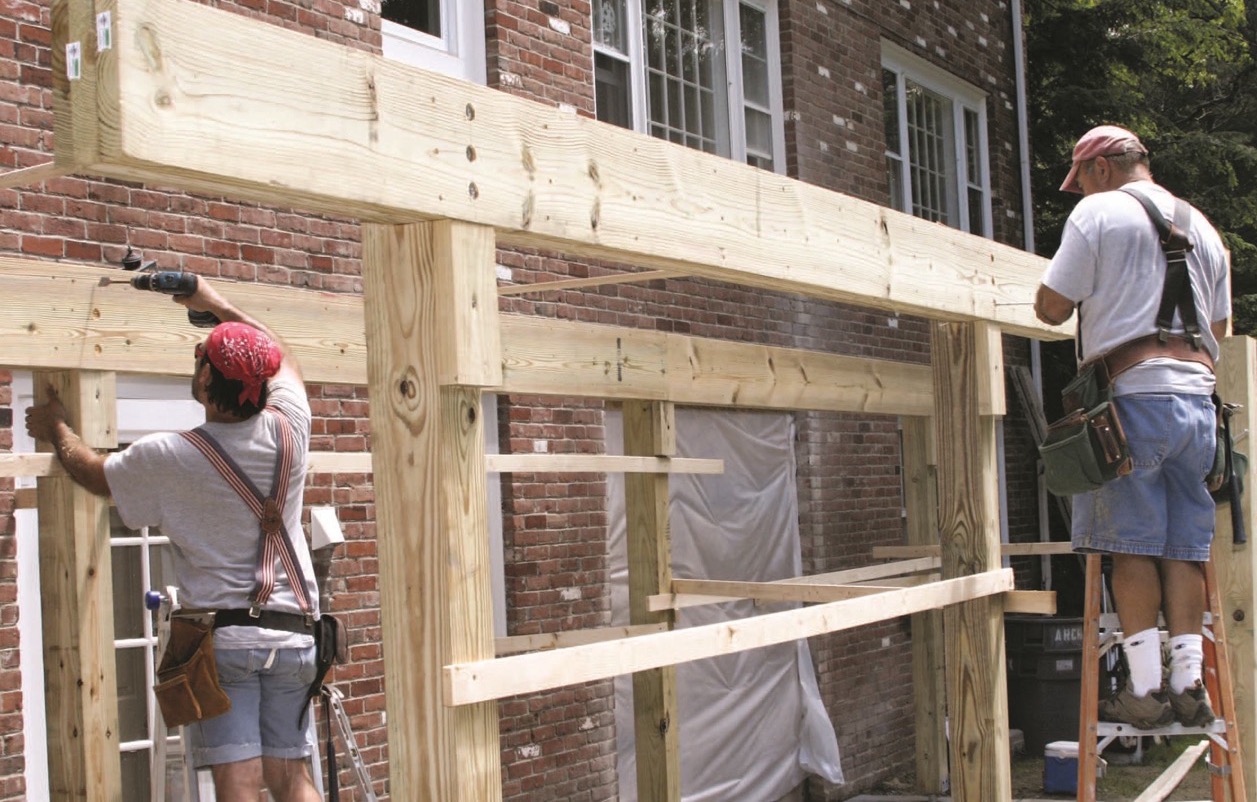
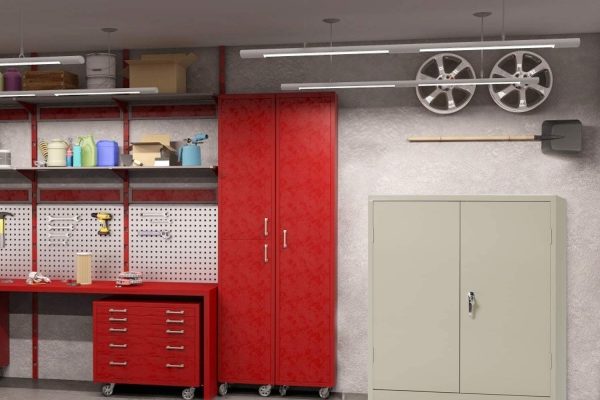
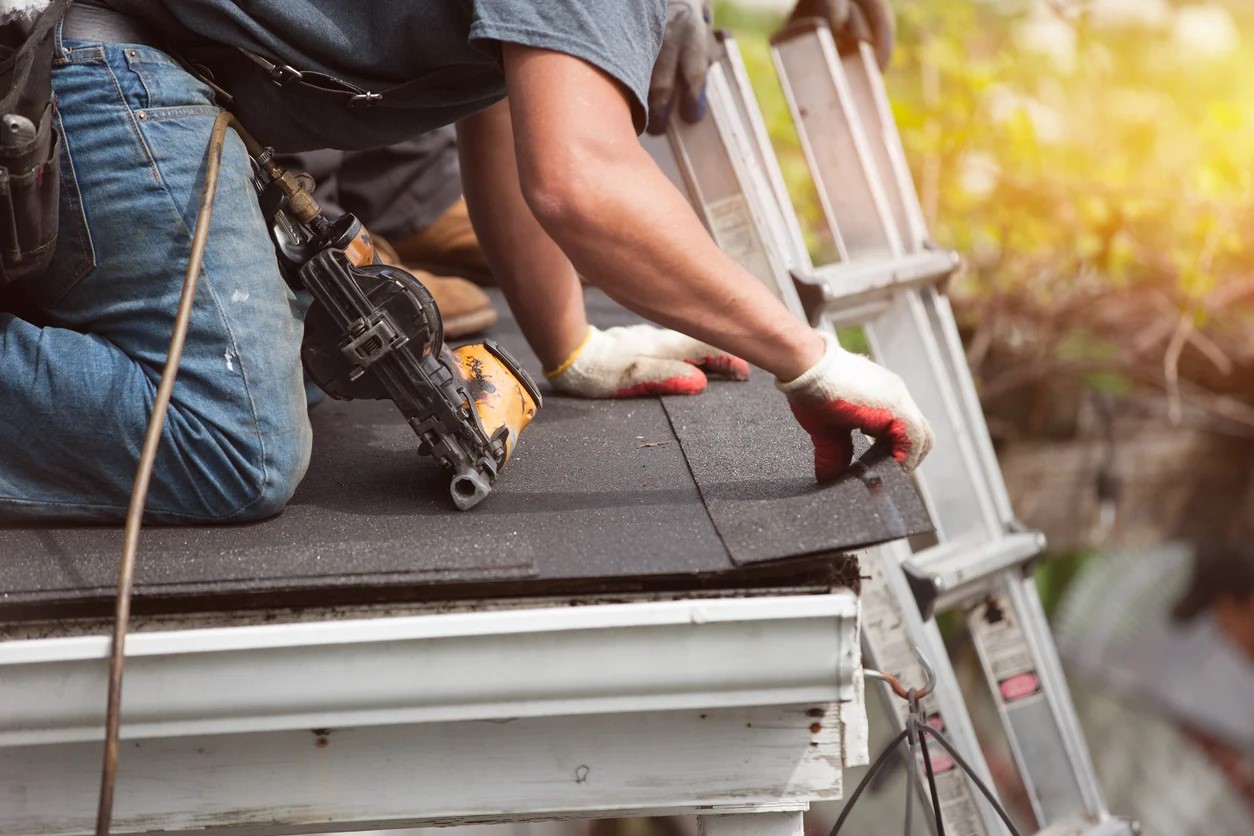

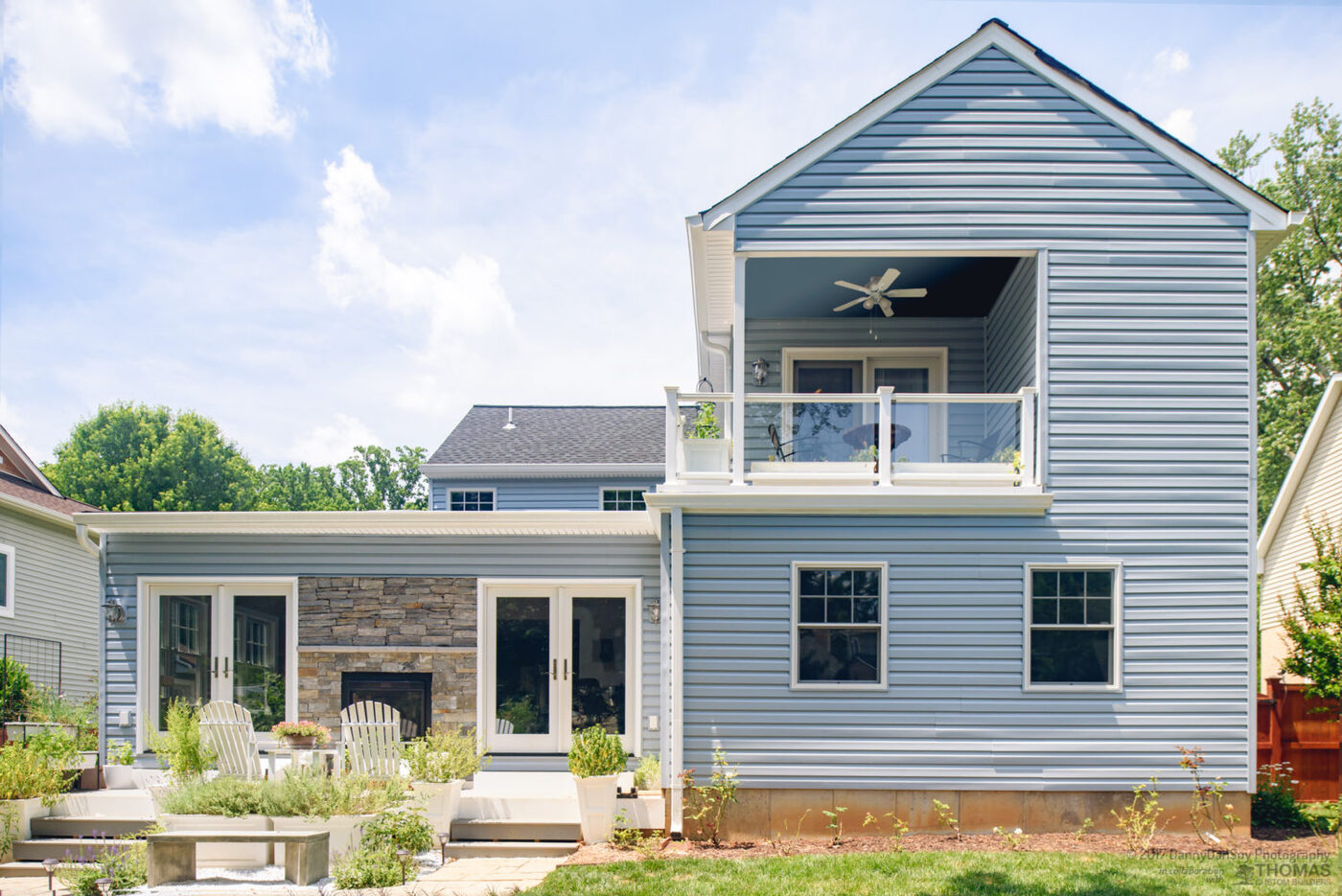


0 thoughts on “What You Need To Know About Fireplace Installation In Your Home”